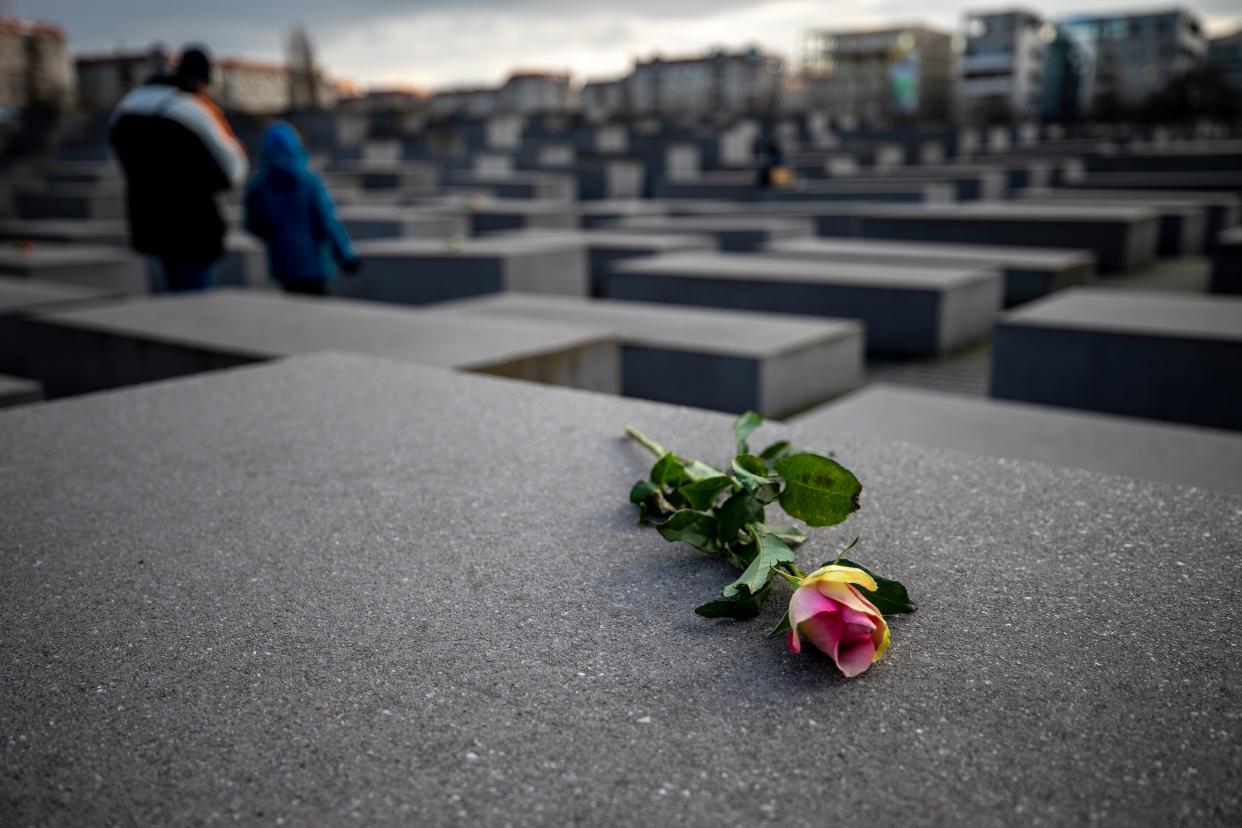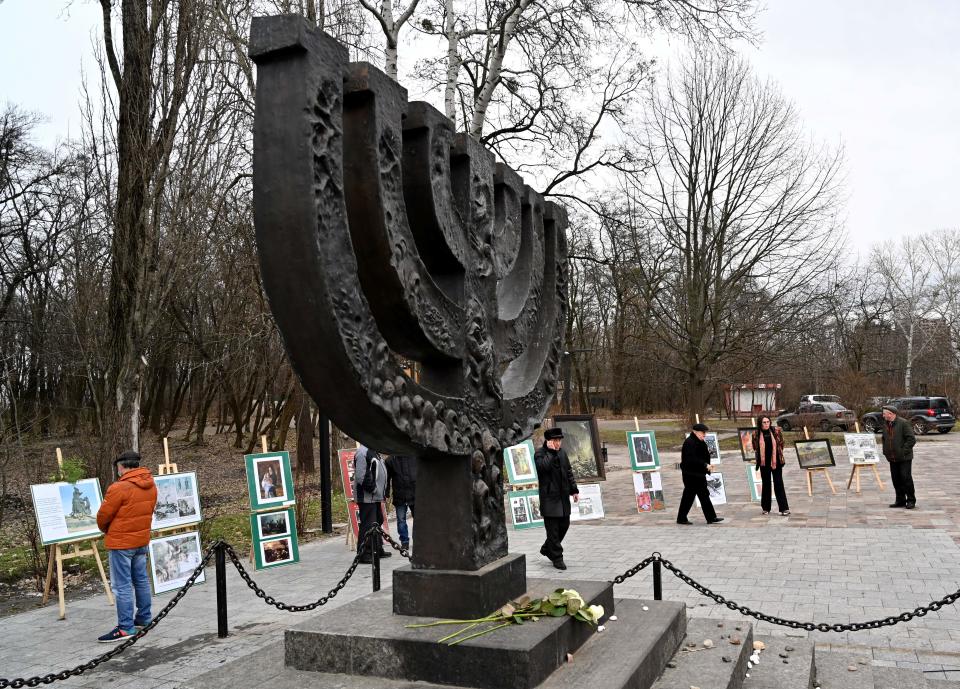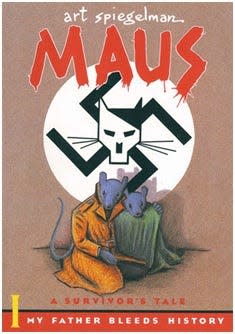Library Lines: Remembering the horror that was the Holocaust

This Thursday, April 28, commemorates Holocaust Memorial Day or a Day of Remembrance in the United States.
As described by the U.S. Holocaust Memorial Museum, Congress designated this annual commemoration to mark the anniversary of the 1943 Warsaw Ghetto uprising. The importance of this commemoration is to remember and honor the 6 million Jewish victims of the Holocaust and millions of other victims of Nazism.
The Holocaust Memorial Museum states its support of this day and the other remembrance days that occur around the globe as a way to honor the victims and promote Holocaust education.

As stated on History.com, the root of the term “Holocaust” is the combination of two Greek words, “holos” meaning “whole” and “kaustos” meaning “burned.” Historically, the term was used to describe sacrificial offerings burned on an altar. However, “since 1945,” History.com states, “the word has taken on a new and horrible meaning: the ideological and systematic state-sponsored persecution and mass murder of millions of European Jews (as well as millions of others, including Romani people, the intellectually disabled, dissidents and homosexuals) by the German Nazi regime between 1933 and 1945.”
The International Holocaust Remembrance Day, which was designated by the United Nations General Assembly in 2005, takes place in January as an annual memorial of the anniversary of the January 27, 1945, liberation of Auschwitz-Birkenau, the largest Nazi concentration death camp.

“In addition to observing International Holocaust Remembrance Day,” as described by the Holocaust Museum, “many of the participating countries have established their own remembrance days that are often connected to events for the Holocaust.” Argentina commemorates the National Day for Cultural Diversity on April 19 in memory of the Warsaw Ghetto uprising. Hungary’s Holocaust Remembrance Day commemorates the establishment of the ghetto in Munkács on April 16.
In 1979, the United States Congress established Days of Remembrance that usually takes place between April and early May to commemorate victims of the Nazi regime. The U.S. Days of Remembrance correspond to Yom Ha-Shoah, Israel’s annual Holocaust Remembrance Day.
Subscribe: Get unlimited access to our local coverage
There are many written accounts of what occurred during the Holocaust. As journalist Arielle Tchiprout wrote this year, “It’s easy enough to think that the Holocaust is simply a relic of the past; that it belongs only in history textbooks or in museum displays. Yet, the devastation and destruction it caused lives on today, which is why remembering it is so important.”
Tchiprout’s lists 12 “essential” books about the Holocaust. This list includes:
“Lily’s Promise: How I Survived Auschwitz and Found the Strength to Live” by Lily Ebert
“The Happiest Man on Earth: The Beautiful Life of an Auschwitz Survivor” by Eddi Jaku
“The Choice: Even in Hell Hope Can Flower” by Edith Eger
“In the Midst of Civilized Europe: The Pogroms of 1918-1921 and the Onset of the Holocaust” by Jeffrey Veidlinger

Though not on Tchiprout’s list, Art Spiegelman’s “Maus,” a Pulitzer Prize-winning graphic novel is another account of the Holocaust that is worth reading. This book has been in the news over the past few months when, in January of this year, a Tennessee School board voted to remove it from their eighth-grade curriculum, which brought a lot of attention to and opened a national discussion about book censorship.
However, what is worth noting in this case is the content of Art Spiegelman’s graphic novel. “Maus” is a very personal and intense biographical account of Spiegelman’s parents and their experiences in Auschwitz through the personal lens of the author.
— Emily Clare is program director of the Cheboygan Area Public Library.
This article originally appeared on Cheboygan Daily Tribune: Library Lines: Remembering the horror that was the Holocaust

